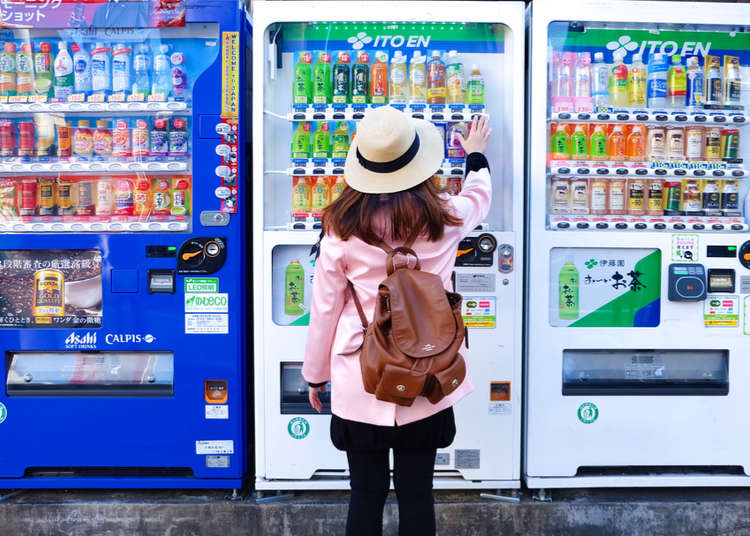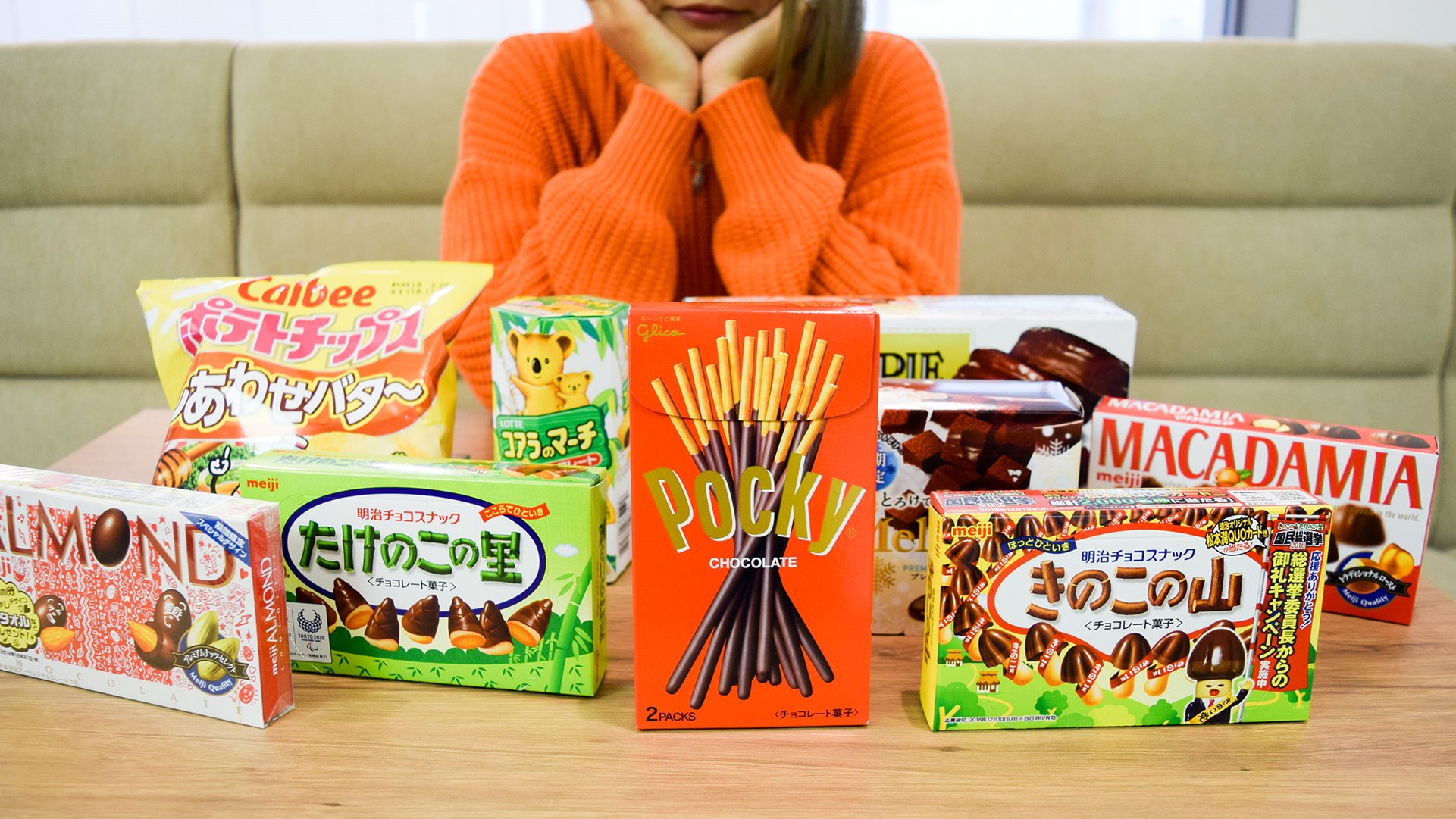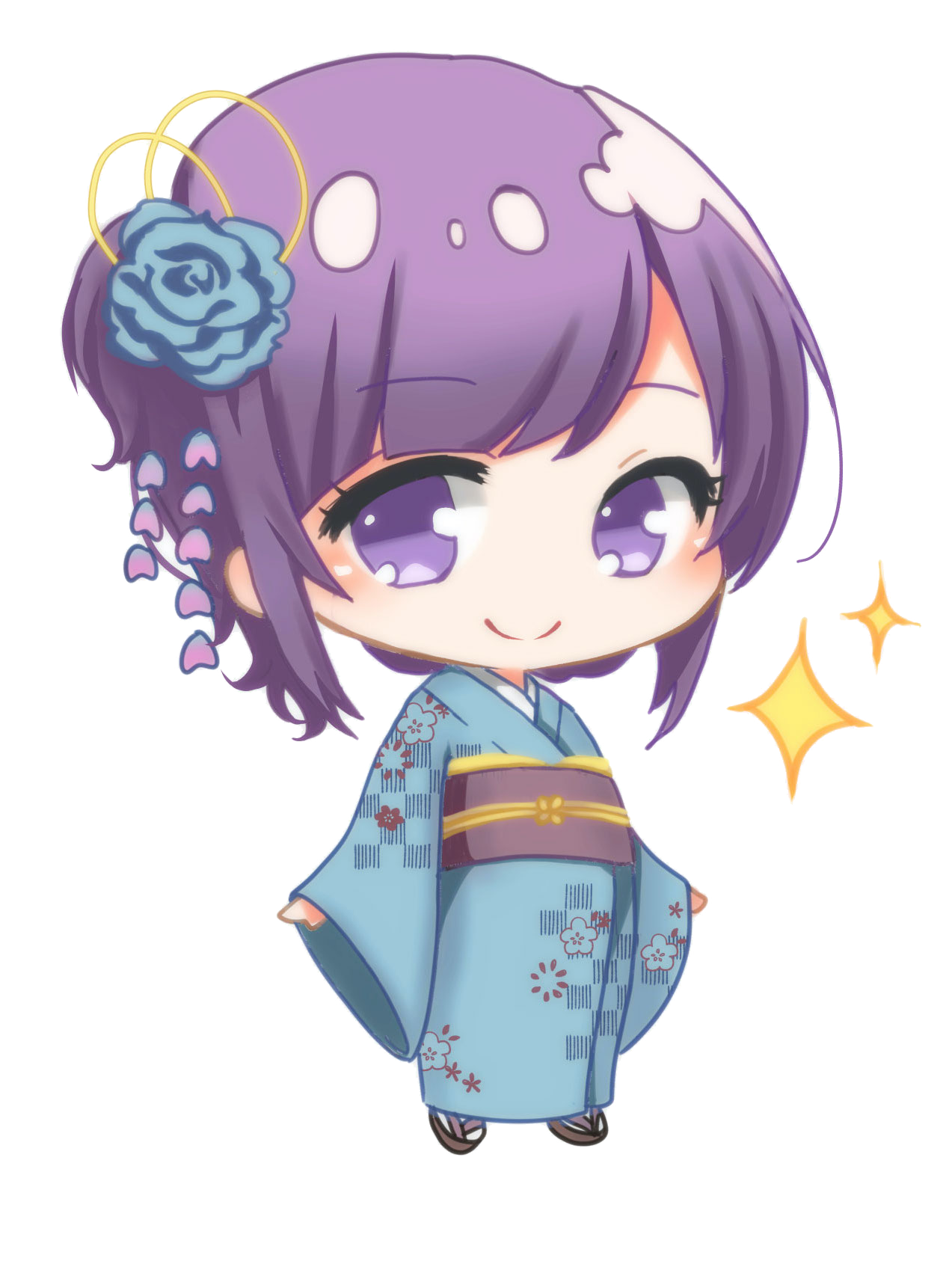Japan is a shopping paradise.
The sales staff is generally very polite and attentive. You will have a totally different shopping experience.
Type of shops
- Department Stores
-
100 yen Shops: 100 yen shops are a type of discount store that sell almost everything.
Most of items in the store are 100 yen (about $1 USD), but some stores sell selected items for more than 100 yen.
- Convenience Stores
- Public Markets
- Outlet Malls
- Supermarkets
-
Vending Machines: Japan has one of the highest vending machine densities in the world. Machines can find everywhere in Japan.
Vending machines sell cigarettes, alcoholic beverages, bread, snacks and even rice!
How many different kinds of vending machines can you find in Japan?

(引用:https://livejapan.com/en/in-tokyo/in-pref-tokyo/in-shibuya/article-a0000372/)
Greeting
When you walk into a store, the sales staff will greet you with “irrashaimase” which means "Welcome! Please come in.".
Customers are not expected to respond.
Supermarket
Japanese supermarkets are organized in the same way as in other parts of the world,
but visiting a supermarket in Japan could be a lot of fun, because you can see how the Japanese lifestyle is unique.
【Japanese Supermarket unique points!】
-
As soon as I walk in the supermarket, I can smell the hot sweet potatoes.
They are soft and gooey in the center.
It’s very nice to have them when it’s cold or chilly outside.
-
Fruit is very expensive at department stores.
You have no doubt seen the $60-$100 watermelon and $15 strawberries on social media, but at local supermarkets they are more reasonably priced.
-
Countless varieties of soy sauce selection.
Japanese use different type of soy sauce depending on where you live.
There are 3 main traditional types of soy sauce.
The most widely used type by far is Koikuchi soy sauce. Koikuchi means “dark mouth”.
It’s the soy sauce of choice in the Tokyo/Kanto area.
The second most popular type of soy sauce is Usukuchi soy sauce. Usukuchi means “lighter mouth”.
That’s why many people is believing Koikuchi soy sauce is salter than Usukuchi soy sauce, but it isn't.
Usukuchi soy sauce is saltier than Koikuchi soy sauce by about 18-19%.
Another type of soy sauce is Tamari soy sauce. Tamari means a thick, almost viscous soy sauce.
It has become popular in the west. It’s used as a dipping sauce for sashimi.
※Most Japanese supermarkets are open between 10am and 9 or 10pm.
※Some supermarkets in major cities such as Tokyo, Osaka and Nagoya are open 24/7.
This is a label, which explains the origin and important information of the product, such as processed date, quantity and price.

(引用:https://blog.gaijinpot.com/supermarkets-shopping-japan/)
Ingredients list
When you want to cook Japanese food, make sure you have proper Japanese ingredients, because Japanese dishes are made by balancing flavours.
Here are the most common ingredients you can get in Japanese supermarkets.
- 砂糖 (Satou) = Sugar
- 塩 (Shio) = Salt
- 胡椒 (Koshou) = Pepper
- 醤油 (Shouyuu) = Soy Sauce
-
みりん (Mirin) = Sweet Sake
Mirin is a subtly sweet Japanese rice wine with a flavor profile similar to sake, but a lower alcohol content.
- 料理酒 (Ryourishu) = Cooking Sake
- 酢 (Su) = Vinegar
- 味噌(Miso) = Soybean Paste
- サラダ油 (Sarada abura) = Vegetable Oil
- オリーブオイル (Oriibu oiru) = Olive Oil
- ごま油 (Goma abura) = Sesame Oil
- マヨネーズ (Mayoneezu) = Mayonnaise
- ソース (Soosu) = Sauce
- ケチャップ (Kechappu) = Ketchup
- コンソメ (Konsome) = Consommé Seasoning
- 鶏がらスープの素 (Torigara suupu no moto) = Chicken Stock Soup
- カレー(Karee) = Curry
- シチュー(Shichuu) = Stew
- カレー粉 (Karee ko) = Curry Powder
- 小麦粉 (Komugiko) = Flour
- 片栗粉 (Katakuriko) = Starch
- チーズ (Chiizu) = Cheese

(引用:https://jyoshitoku.com/osusume-cyoumiryou/)
Convenience stores
There are more than 50,000 convenience stores in Japan, which leads to strong competition between the major operators, such as 7-Eleven, FamilyMart, and Lawson.
Convenience stores in Japan are the best in the entire world. But what makes them the best?
-
- Delicious meals!
You can go to convenience stores anytime and always can find something delicious and fresh. Even in the middle of the night.
There are various types of things to choose from.
-
- Always clean bathrooms
You can't find cleaner bathrooms in convenience stores anywhere else in the world.
-
- You can get alcohol
There are two areas where you can buy alcoholic drinks in a convenience store: the refrigerated section and non-refrigerated section.
In the refrigerated area you can buy beer, wine, umeshu, or sparkling wine. in the non-refrigerated area you can get sake, whisky, and other liquor.
There are other countries in which you can buy alcohol in convenience store, but they are not as common as in Japan.

(引用:https://blog.gaijinpot.com/supermarkets-shopping-japan/)
Best things to buy in Japan
【Here is a list of items which you should buy as a souvenir】
- Japanese cosmetic products
- Electronics
- Clothes (Uniqlo, GU)
- Matcha products
-
Starbucks Tumbler:
They are especially popular in Spring during cherry blossom season (around March and April).
- 100 yen products
- Traditional Japanese products (fan, washcloth)
-
Medicine Sneakers:
You can find them at a bargain price in ABC Mark (a franchised shoe store).
【This is my list of must buy items in Japan!!】
- Cling film: They are easy to wrip off and don’t stick together.
- Eye drops: There are a variety of eye drops. They are usually reasonably priced.
- Umbrella: Japanese umbrellas are the best. They don’t break easily.
- Snacks: They are all good!! My favorite is "Matcha Kit Kat".
- Pens: Stationery is one of the most popular souvenirs in Japan. The quality is very good. I’d recommend Loft to shop in.

(引用: https://tripeditor.com/353645)
Online Shopping
Online shopping in Japan can be amazing to buy domestic items cheaper and quickly delivered.
Even in the countryside, you can get your bought items within 2 days.
The most common companies for delivery are Sagawa, Kuroneko, Yamato and Japan Post.
【A list of popular online shopping sites】
For Electronics
- Rakuten
- Yodobashi
- Amazon Japan
For Groceries
- Seiyu
- co-op
- Summit
For Fashion
- Zara Japan
- Zozo Town
【Payment Options】
The two most common payment options in Japan are credit card and bank transfer (振込, Furikomi).
In my opinion, Japanese credit card is the best way to go! Less fees.
【Delivery options】
- Express Mail Service (EMS): Approximately 2-4 days
- Airmail: Approximately 3-6 days
- Economy Air (SAL): It transports items by air at lower priority than air mail. The service is faster than surface mail.
- Surface Mail: Sent by surface. Takes 1 to 3 months. The rates are reasonable.
 Shopping In Japan
Shopping In Japan (引用:https://livejapan.com/en/in-tokyo/in-pref-tokyo/in-shibuya/article-a0000372/)
(引用:https://livejapan.com/en/in-tokyo/in-pref-tokyo/in-shibuya/article-a0000372/)
 (引用:https://blog.gaijinpot.com/supermarkets-shopping-japan/)
(引用:https://blog.gaijinpot.com/supermarkets-shopping-japan/)
 (引用:https://jyoshitoku.com/osusume-cyoumiryou/)
(引用:https://jyoshitoku.com/osusume-cyoumiryou/)
 (引用:https://blog.gaijinpot.com/supermarkets-shopping-japan/)
(引用:https://blog.gaijinpot.com/supermarkets-shopping-japan/)
 (引用: https://tripeditor.com/353645)
(引用: https://tripeditor.com/353645)